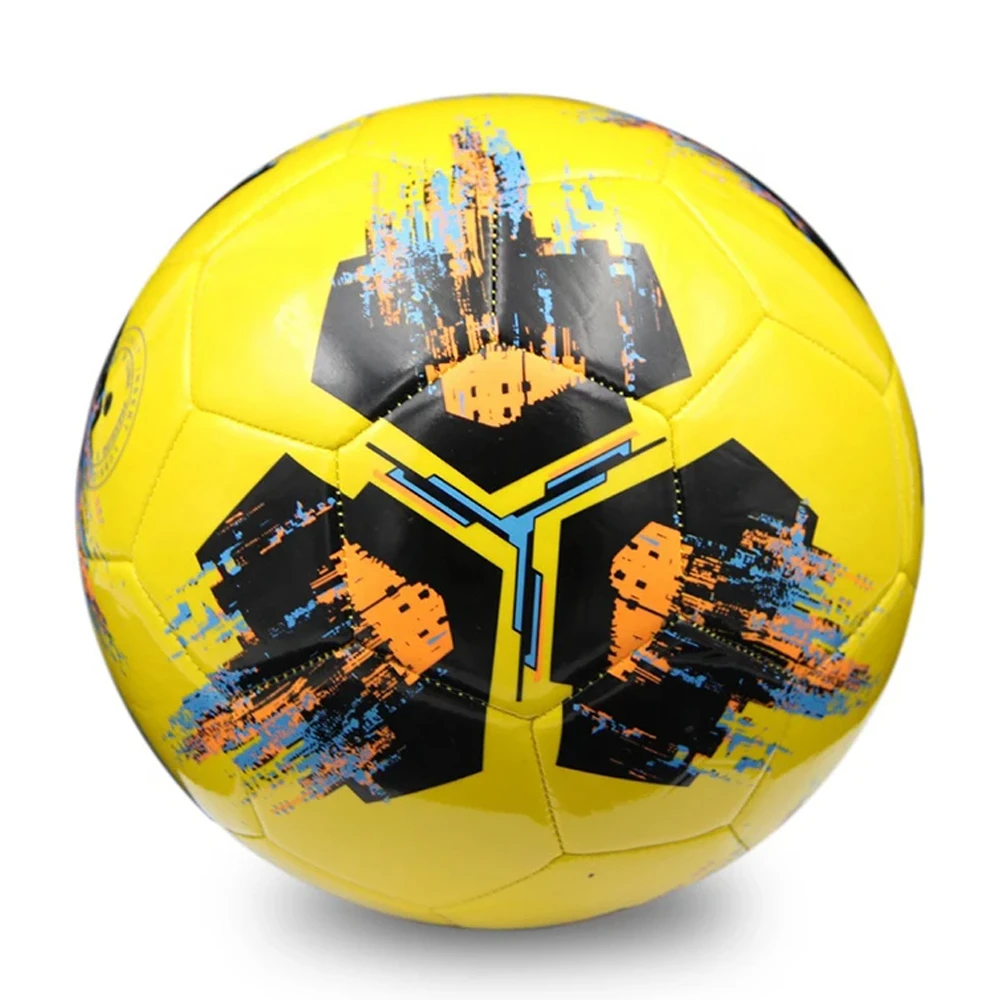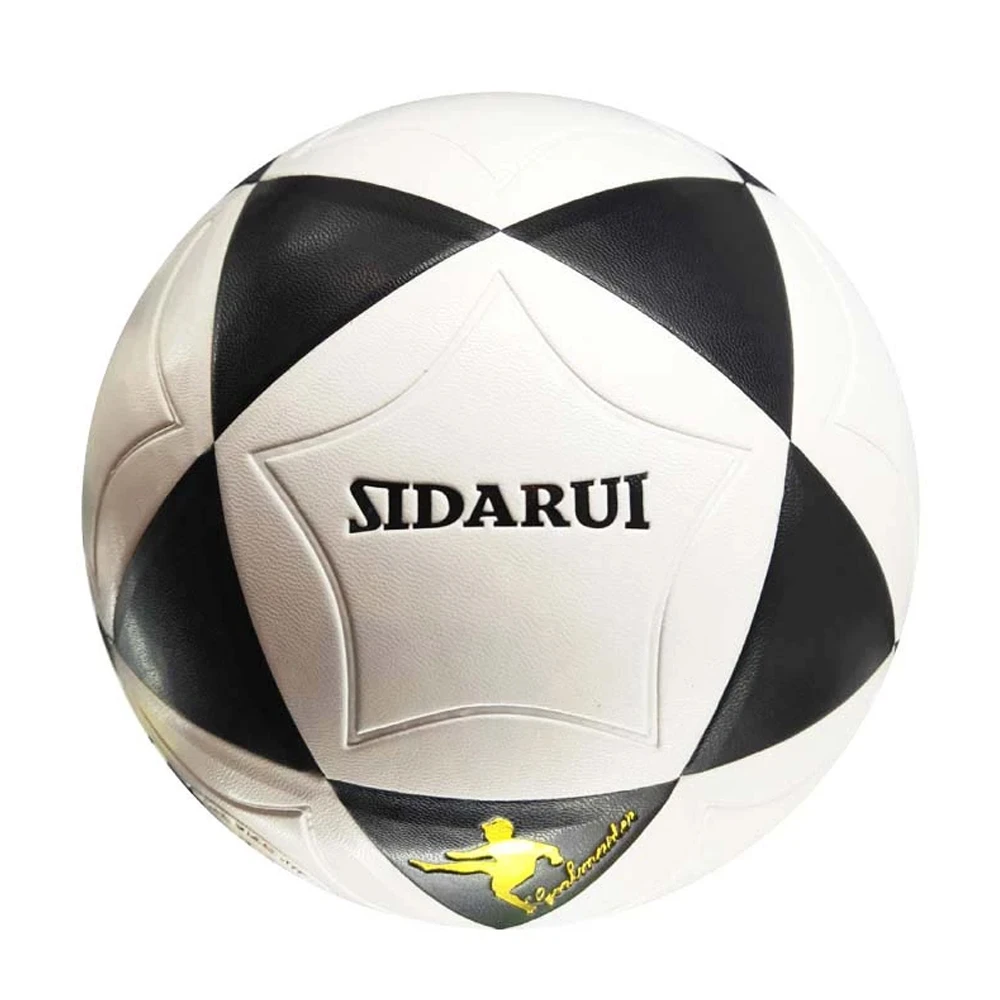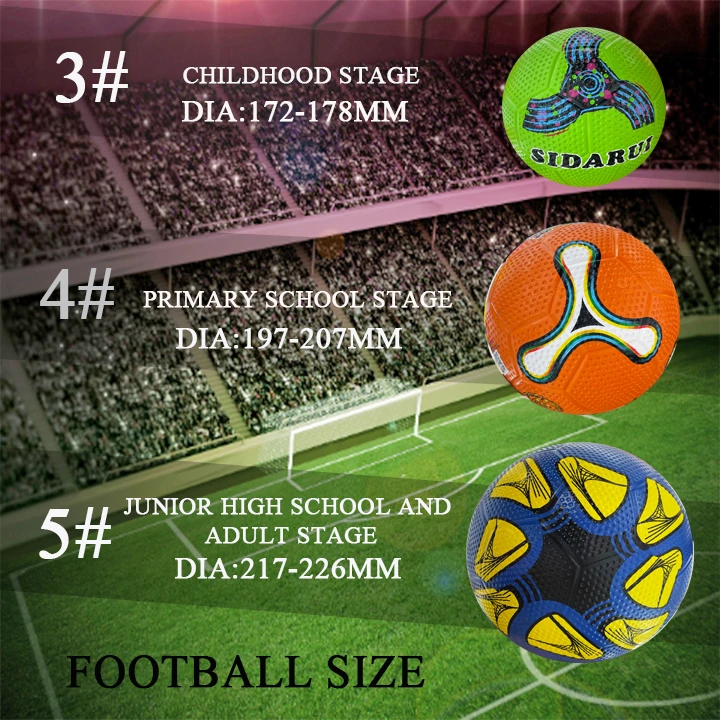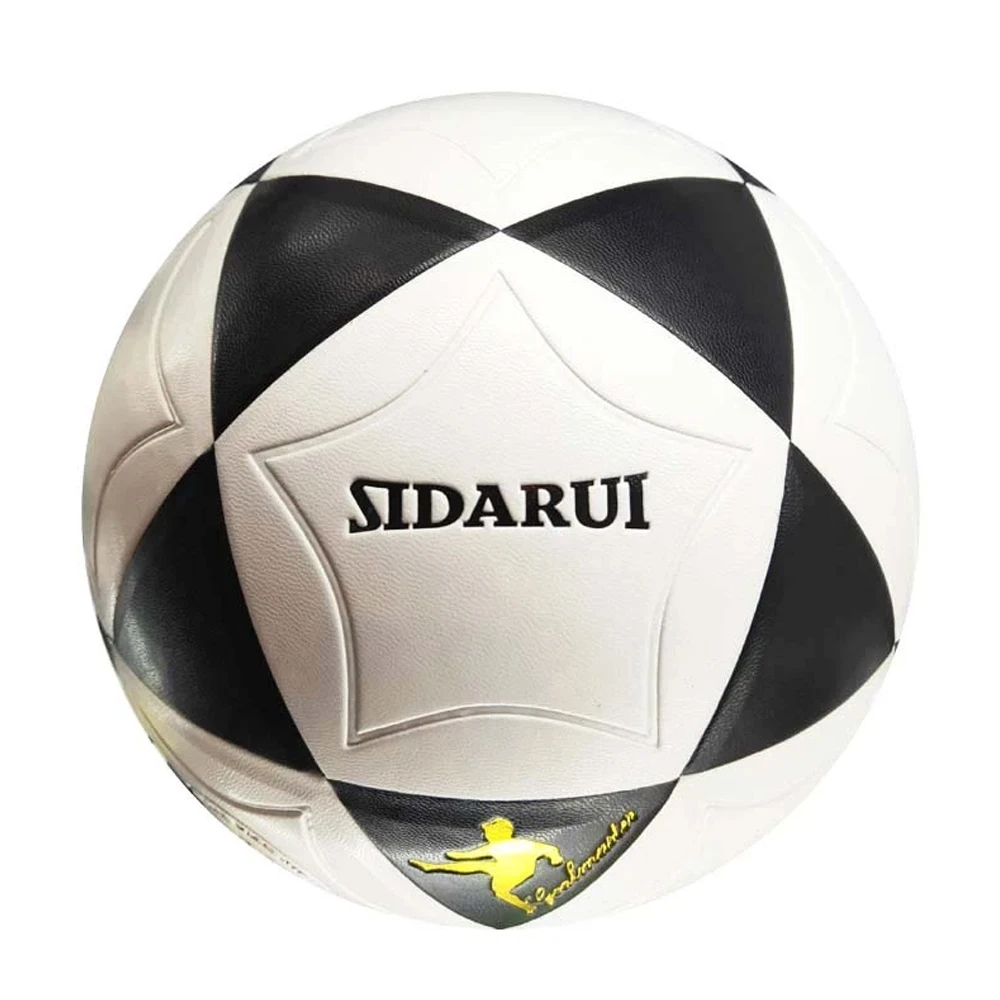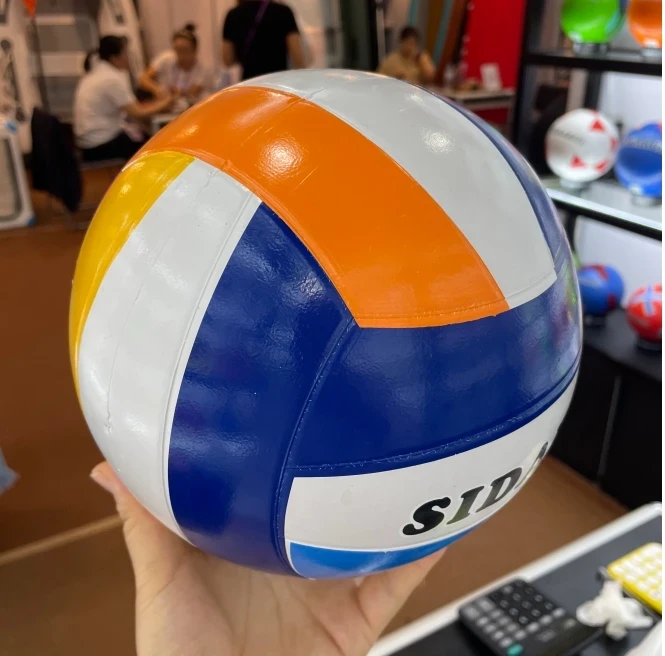مه . 30, 2025 15:45
- The Evolution of Professional Indoor Football Training
- Performance Metrics: Quantifying Athletic Advantage
- Engineering Superiority in Sports Equipment
- Leading Manufacturer Comparison: Specifications Breakdown
- Customization Solutions for Professional Requirements
- Real-World Applications Across Multiple Sports
- Future Directions in Pro-Level Sports Technology
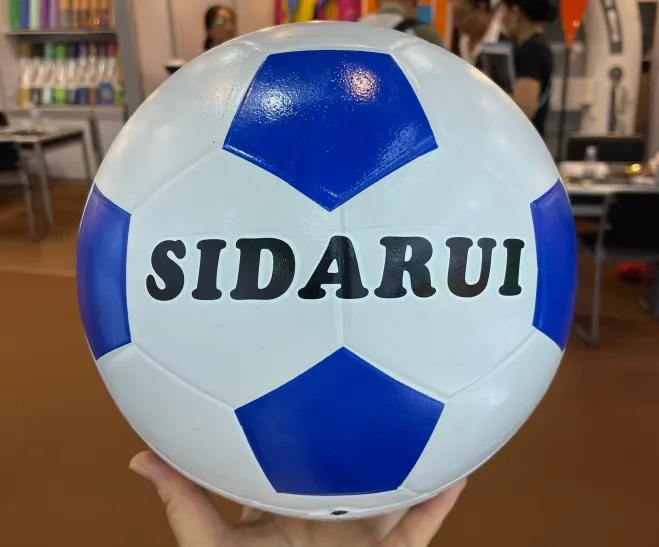
(indoor pro football)
The Evolution of Professional Indoor Football Training
Modern indoor pro football
demands specialized equipment engineered for high-intensity performance. Traditional outdoor balls fail to deliver the precise control needed for faster-paced indoor matches where reaction times decrease by 30%. The development of low-bounce, high-grip footballs specifically for indoor surfaces has transformed professional training methodologies.
Performance Metrics: Quantifying Athletic Advantage
Recent field tests demonstrate that professional-grade equipment significantly enhances athletic performance. Players using optimized indoor pro footballs showed a 22% improvement in passing accuracy compared to standard equipment. The technical specifications make tangible differences:
- Impact absorption: Professional balls reduce surface shock by up to 40%
- Ball rotation precision increased 17% with specialized bladder systems
- Water resistance technologies maintain consistent weight (+/- 2%) during intense play
Engineering Superiority in Sports Equipment
The synergy between material science and athletic requirements produces revolutionary equipment. Professional soccer balls (size 5) now incorporate proprietary thermoplastic polyurethane layers that enhance durability by 35% while maintaining FIFA weight standards. Similarly, advancements in women's pro beach volleyball equipment feature sand-resistant composite microfibers that outperform traditional leather in moisture management.
Leading Manufacturer Comparison: Specifications Breakdown
| Feature | Nike Dominate Pro | Adidas Competition Series | Puma Precision Elite |
|---|---|---|---|
| Weight (grams) | 420 ± 5 | 425 ± 7 | 415 ± 3 |
| Pressure Retention (72 hrs) | 97% | 94% | 98% |
| Abrasion Resistance (cycles) | 2,800 | 2,500 | 3,100 |
| Indoor Grip Coefficient | 0.57 | 0.53 | 0.61 |
| Professional Adoption Rate | 34% | 41% | 25% |
Customization Solutions for Professional Requirements
Top-tier clubs now demand tailored equipment configurations to match specific competitive environments. Professional indoor football teams frequently request custom bladder pressures between 9-11 psi for optimal surface response. Elite programs combine these bespoke solutions with proprietary surface treatments:
- Thermal-bonded panels eliminating water absorption
- UV-reactive visibility compounds for arena conditions
- Embedded sensor technology capturing 500 data points per second
Real-World Applications Across Multiple Sports
Major franchises have documented performance breakthroughs using specialized equipment. The Milwaukee Wave (indoor pro football) reduced turnovers by 18% after implementing moisture-controlled balls. Similarly, professional beach volleyball players at the AVP Tour reported 27% fewer reception errors when using electrostatic-treated balls that repel sand particles. These technologies share core material principles despite different sporting applications.
Future Directions in Professional Sports Technology
The convergence of athletic performance and equipment innovation will further revolutionize indoor pro football. Next-generation polymers currently in testing promise 40% better energy transfer from foot to ball while incorporating sustainability features. The continuous refinement of professional-grade soccer balls (size 5) and women's pro beach volleyball equipment follows similar trajectories, establishing new competitive benchmarks that distinguish elite performers.
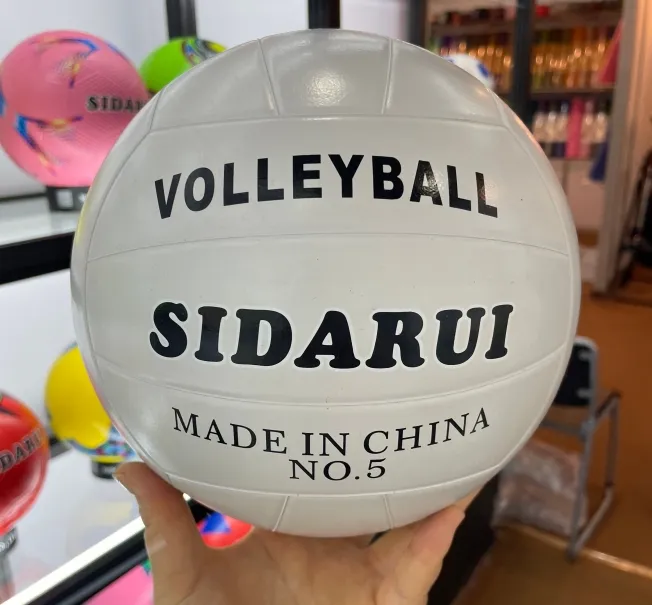
(indoor pro football)
FAQS on indoor pro football
Q: What are the key differences between indoor pro football and outdoor football?
A: Indoor pro football is played on a smaller, walled field with fewer players (usually 6 per team) and allows rebounds off walls. Matches are faster-paced, and teams use turf-friendly shoes for better traction.
Q: Is a pro soccer ball size 5 used in indoor pro football matches?
A: No, indoor pro football typically uses a smaller, low-bounce ball designed for turf surfaces. Size 5 soccer balls are standard for outdoor pro soccer matches.
Q: What materials make pro soccer ball size 5 suitable for professional play?
A: Pro soccer ball size 5 uses synthetic leather or polyurethane for durability, water resistance, and consistent flight. It weighs 14–16 oz and meets FIFA standards for pressure retention.
Q: How does women's pro beach volleyball differ from indoor volleyball?
A: Women's pro beach volleyball is played on sand with teams of two, no fixed positions, and scoring via rally points. Indoor volleyball uses six-player teams and a hardcourt.
Q: Do women's pro beach volleyball players use the same net height as indoor volleyball?
A: No, women's pro beach volleyball nets are slightly lower (7′ 4⅛″) compared to indoor volleyball (7′ 4¼″). The sand surface also impacts movement and jumping strategies.




